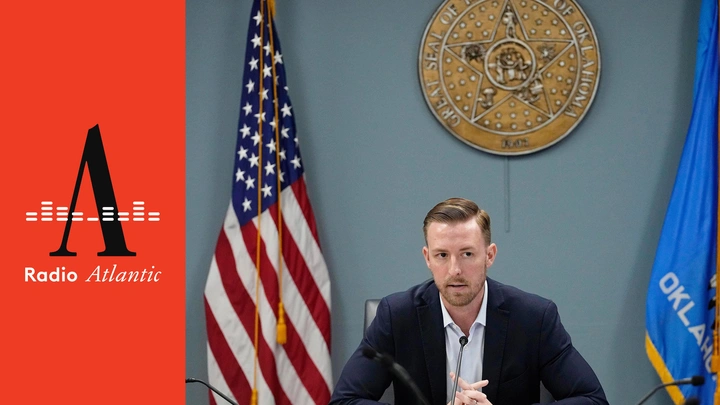By Kv Kurmanath
Copyright thehindubusinessline

The new US Presidential order imposing a staggering $100,000 fee on H-1B visas could prove to be devastating for Indian students entering the job market in the US and others who are currently on their H-1 B visas. Prospective and current employers may not be willing to pay a huge visa fee to hire people with routine skills.
The directions are clear, according to executive search expert Achyut Menon: “Costs are rising, scrutiny is tightening, and the bar for foreign talent is getting higher”.
This policy, while aimed at employers, will have significant downstream effects. As Mamta Shekhawat, Founder of Gradding.com, noted, while US employment opportunities won’t “dry up completely,” the number of visa sponsorships is “going to decrease drastically”.
Menon concurs, stating that the “era of easy H-1B access is over” and that the US is “reshaping the system to admit only the ‘extraordinary’”. This means routine IT roles will no longer be a viable pathway, and only those with advanced STEM degrees in fields such as AI and Data Science may make the cut.
For the over 7,00,000 Indians already in the US, the new rule creates a dual reality. On one hand, Menon suggests their job security “may rise because replacing you just became harder,” potentially giving them leverage to negotiate for better pay or a green card. On the other hand, anxiety remains high due to constantly changing rules, and switching jobs could become riskier.
Think global
To address the uncertainty, experts are advising students to think globally. Shekhawat suggests that students should reposition themselves and shift their focus and attention to other countries. She points out that Canada, Australia, and Germany are much more attractive alternatives due to their friendlier policies of post study work visa and more straightforward routes to permanent residency.
Some experts call for a long-term perspective. Aman Singh, Co-Founder of GradRight, contend that the fundamentals of US higher education remain unchanged, with its universities and research ecosystem remaining unmatched.
He advises “cautious, strategic planning rather than panic,” suggesting that while some may evaluate alternatives, the US will likely “remain the premier destination for ambitious students worldwide”.
Amidst the global scramble, there is also a call for introspection within India. An IT executive from New Jersey, who has tracked US recruitment for over 25 years, argues that the “Indian Government and Indian firms must focus on growth with in India”.
He highlights the vast disparity in per capita IT spending – $4,180 in the US versus just $97 in India – and suggests that India’s “disproportionately higher number of IT engineers” at the expense of other fields must be addressed to help the domestic economy grow and absorb its own talent.
Piyush Kumar, Regional Director (South Asia, Canada and Latin America, of IDP Education, felt that it is still too early to gauge the long-term impact on Indian students wanting to study in the US.
(With inputs from Aishwarya Kumar in Bengaluru, Rohan Das and Sindhu Hariharan in Chennai)
Published on September 20, 2025



